Midweek Musings...Wants and Needs
Money still doesn't grow on trees... Our mission is public education as it relates to all things forestry

The brazen lies told by the anti-forestry mob are jaw-dropping. So is the failure of the news media to fact-check their increasingly hypocritical claims.
Black Ram, a forest restoration project in the remote Yaak Valley in Northwest Montana's Kootenai National Forest, is the latest target of their willful deceit.
Among the prevaricators: Rick Bass, Yaak Valley Forest Council board chairman, who lives a few miles from the project; Adam Rissien, Rewilding Manager, Wild Earth Guardians; Mike Garrity, Executive Director, Alliance for the Wild Rockies and Randi Spivak, Public Lands Program Director, Center for Biological Diversity.
On June 30, the Center, Yaak Valley Resource Council and Wild Earth sued the Forest Service in U.S. District Court in Missoula.
Speaking on behalf of the three litigants, Spivak said, "Allowing huge, old trees and crucial grizzly habitat to be destroyed is reckless and incredibly short-sighted. This massive project defies President Biden's executive order aimed at protecting old trees. We need these magnificent carbon-storing forests to help fight climate change and we'll do everything possible to save them."
As a starting point, know this:
Before we do a deeper dive into this well-orchestrated travesty, here are a few quick facts about Black Ram:
Given Black Ram's science-based objectives - each of them thoroughly discussed and quantified by the Forest Service - this is hardly the “planet killing catastrophe” the anti-forestry mob portrays.
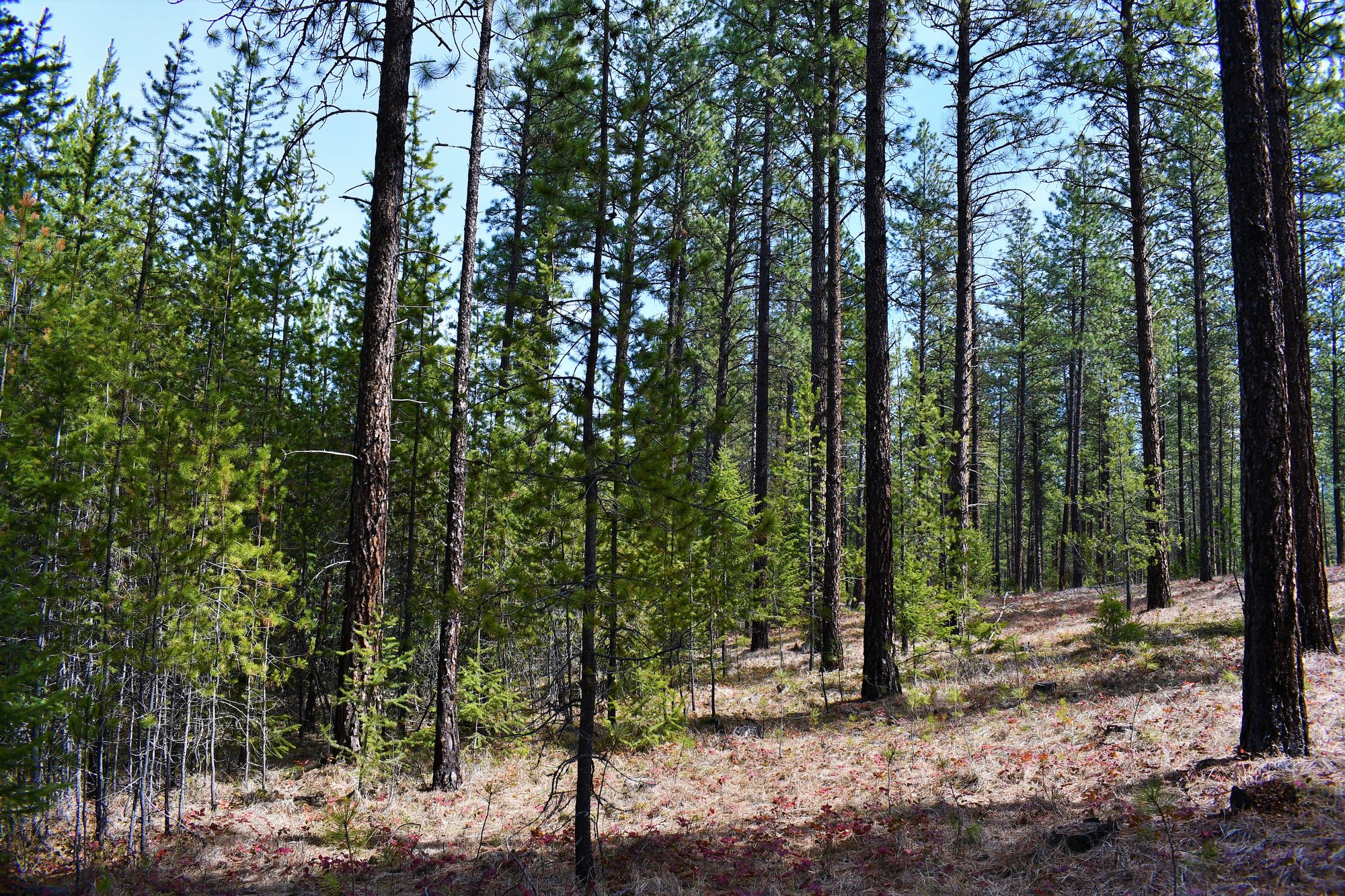
Nonetheless, the Alliance for the Wild Rockies bought billboards around Missoula that feature a picture of a grizzly with three cubs superimposed on photograph of a clear-cut on the Helena-Lewis and Clark National Forest - there being no similar clear-cuts on the Kootenai.
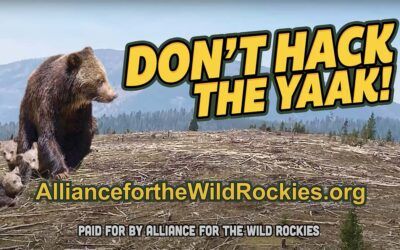
If you don’t have authentic content for your cause – make it up.
Never one to waste a manufactured crisis - Rick Bass called Supervisor Benson's decision to proceed with Black Ram, "climate treason."
Several newspaper reports quote Bass as saying:
"The ancient primary forest of Black Ram has never been logged and the majority has never burned creating essentially a moss-covered wetland existing on countless carcasses of other giants now nurturing other giants."
He continues to opine:
"We are allowing the Kootenai National Forest to destroy our best hope for slowing the rate of global warming and frying what were once bejeweled wetlands with the blaze of bulldozed clear-cuts. The prescriptions call for scraping away the biodiversity of centuries and millennia. Ancient forests in wet alpine regions like Black Ram can store 1,900 tons of carbon per hectare, century after century."
He fails to mention what a mega wildfire will wipe out.
Mr. Bass has authored several articles that mischaracterize the Kootenai as something resembling a wetland. Yes, there are small swampy areas along the Yaak River and, yes, more rain and snow fall on the Kootenai than in any other national forest in Montana, but the Kootenai is not a rainforest. Far from it. Parts of this forest - especially within the Wildland Urban Interface - are explosively dry in July, August, and September.
It is important to note that Mr. Bass has a personal agenda – he owns a home in the Yaak. He knows he can’t insure it – insurance companies won’t touch it based on stand density - but no doubt, he will expect special treatment when it burns.
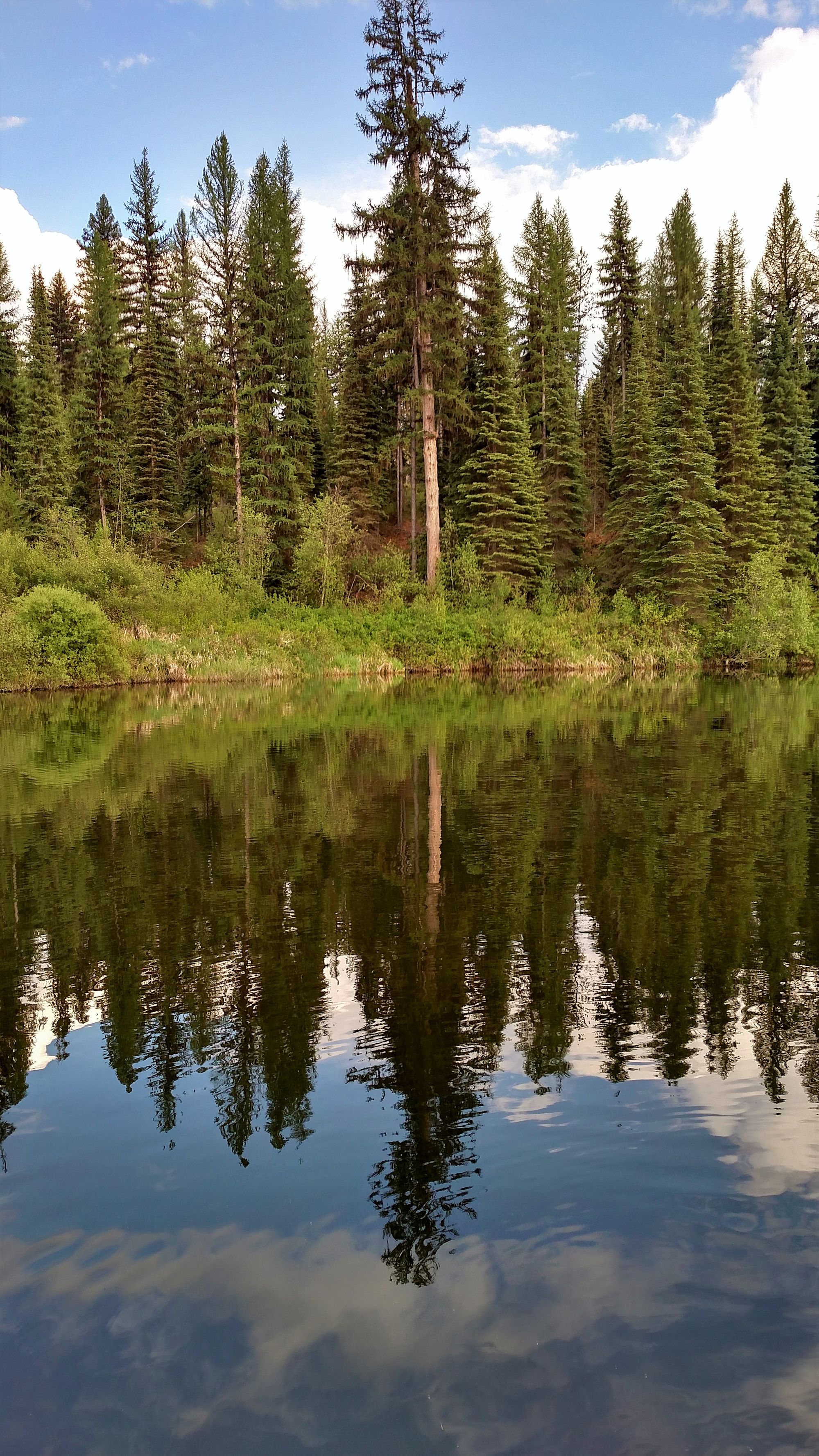
I've never met Mr. Bass, but I recognize the lyrical cadence of his prose. It is reminiscent of the idealized rhetoric that immerged from San Francisco think tanks in the late 1960s and early 1970s. Its intended audiences are the New York Times, The Washington Post, Wall Street's politically progressive Environmental, Social and Governance [ESG] hedge funds and Park Avenue billionaires - that have been funding the anti-forestry movement since the 1980s.
Not exactly your rural demographic - that lives and invests in the communities and forests that are part of the Wildland Urban Interface (WUI).
If you dig deeply into the hyperventilating coming from Black Ram's litigants, you will discover that what pains them most is the fact that the Forest Service did not develop a "wildness" alternative to their Environmental Assessment. Hence, their demand for a full-blown Environment Impact Statement. But "wildness" isn't a legal or scientific term, nor is old growth - so we can look forward to more taxpayer-paid litigation.
Lawyers hired by this mob under the aegis of the Equal Access to Justice Act routinely charge the federal government $400 to $600 per hour for their time. Lawyers for Cascadia Wild, the Audubon Society of Portland and the Center for Biological recently asked U.S. District Judge Ann Aiken for $1.2 million in a case involving marbled murrelet habitat - and she approved their request.
There is no legal definition for old growth, so suing under the provisions of the federal Endangered Species Act isn't possible. But suing to protect grizzly bear habitat does fit ESA, which is why the bear was listed as threatened in 1975.
The U.S. Fish and Wildlife Service estimates there are 50 grizzlies in northwest Montana's Cabinet-Yaak Ecosystem. The set goal is 100 from a deeper gene pool than currently exists. For this to happen, more bears need to travel from British Columbia into Montana.
We recently completed a video that shows how this could occur if there were more grizzly travel corridors linking British Columbia with the Kootenai, Lolo, and Panhandle national forests. The video highlights the creation of such a corridor by Chas Vincent, a Libby logger who took his idea to Wayne Kasworm - a U.S. Fish & Wildlife Service - Bear Biologist - who helped him refine it. It's a light touch thinning project on Hecla Mining Company land in the Bull River Valley south of Troy.
Watch our video and decide for yourself if this makes any sense. We think it does. You will see what good stewardship can do for the forest and the bears and the communities in the WUI.
Here's the giant elephant in the living room that has yet to be addressed:
It is about 170 miles over logging roads from Black Ram to the nearest sawmills - two in Columbia Falls, Montana and one in Moyie Springs, Idaho. Given sky high diesel fuel prices – will any of these mills buy a Black Ram timber sale?
It is an open secret that Stimson Lumber Company would like to build a new sawmill in Libby. If they do, it will shorten the haul distance to about 100 miles. The company closed its old mill in 2002 after its 10-year log supply agreement with Plum Creek Timber expired and it was unable to secure an agreement with the Forest Service for about 18 million board feet annually.
We don't know what Stimson would build in Libby, but we do know that new small-log mills cost north of $125 million. Would Stimson or anyone else build such a mill with the threat of litigation forever clouding their business horizon? We doubt it. Mr. Bass and his friends know this. Hence, their disingenuous suggestion that the entire area be set aside for "research."
So called "matrix forests" were incorporated into the Clinton-era Northwest Forest Plan as places where modest harvesting experiments could be tested and monitored, but to our knowledge no matrix has ever been entered. How convenient.
Jerry Franklin is a PhD Forest Ecologist and was a key influencer in Northwest Forest Plan. He supported the matrix component. Some wildlife biologists – Northern Spotted Owl experts - overrode that part of the plan and blocked any attempt to research the matrix forestry approach. In the last 40 years, Northern Spotted Owl populations have plummeted in designated and untouched old growth forests.
Science tends to point out what we don’t account for – and in this case it was Barred Owls. The public and many bird biologists and raptor specialists were outraged when the solution to Barred Owls preying on and interbreeding with Northern Spotted Owls was - just kill the variable. Thousands of Barred Owls were killed before a halt was called to that approach. It turns out that good science does not include forcing an artificial outcome.
In the wake of that performance, a new narrative has emerged: The only solution to diminished Northern Spotted Owl populations and the invasion of their territory by Barred Owls is to set aside more old-growth forest land that cannot be touched.
It worked so well the first time.
How many more millions of acres - of designated owl habitat aka old growth forests - must burn under this ongoing ruse that is being sold to the public as “science?”
The larger picture comes in the form of a July 11, 2022, memo - to Agriculture Secretary, Tom Vilsack, and Interior Secretary, Deb Haaland, with cc's to Forest Service Chief - Randy Moore, Forest Service Under Secretary for Natural Resources and Environment - Homer Wilkes, Deputy Undersecretary - Meryl Harrell, and Chris French - Deputy Chief for the National Forest System.
The two-page memo, which is signed by more than 100 environmental groups, including the Sierra Club, Earthjustice and Black Ram's litigants, cites six projects that give the mob heart burn - Black Ram among them - and requests "that you immediately begin a rulemaking process that ensures strong, durable protections for mature and old growth trees and forests across federal lands as a cornerstone of U.S. climate policy. Conserving our mature and old growth trees represents one of the simplest and most cost-effective climate solutions available."
Meanwhile, back here on earth, about half of the nation's 193-million-acre federal forest estate is in what fire ecologists call Condition Class 3 or 2, meaning it is ready to burn or soon will be. The collateral damage will be devastating.
We must manage for the conditions we have on the ground. Mega wildfires are doing damage to our lands and our environment that is not easily reversed. This isn’t “good fire.”
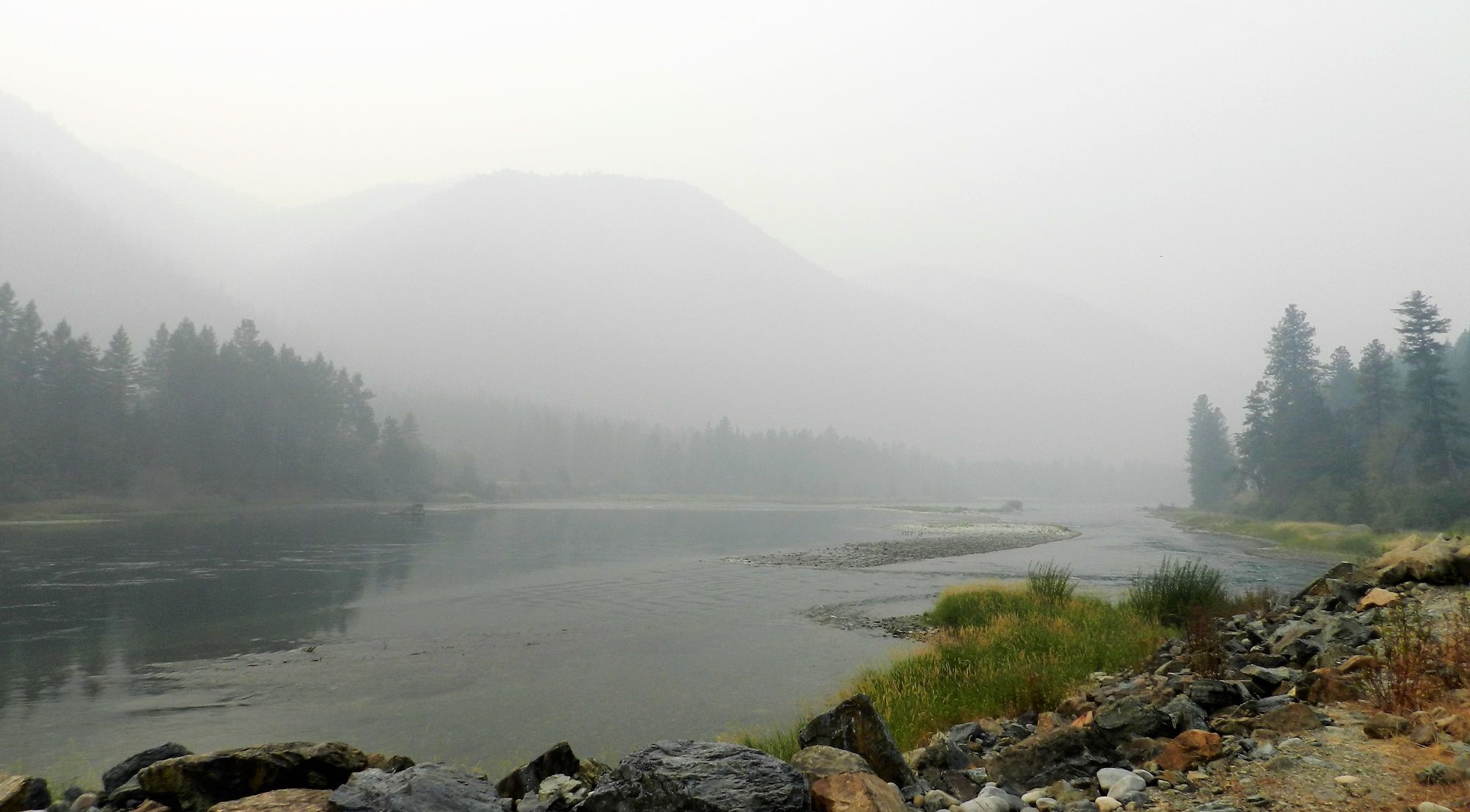
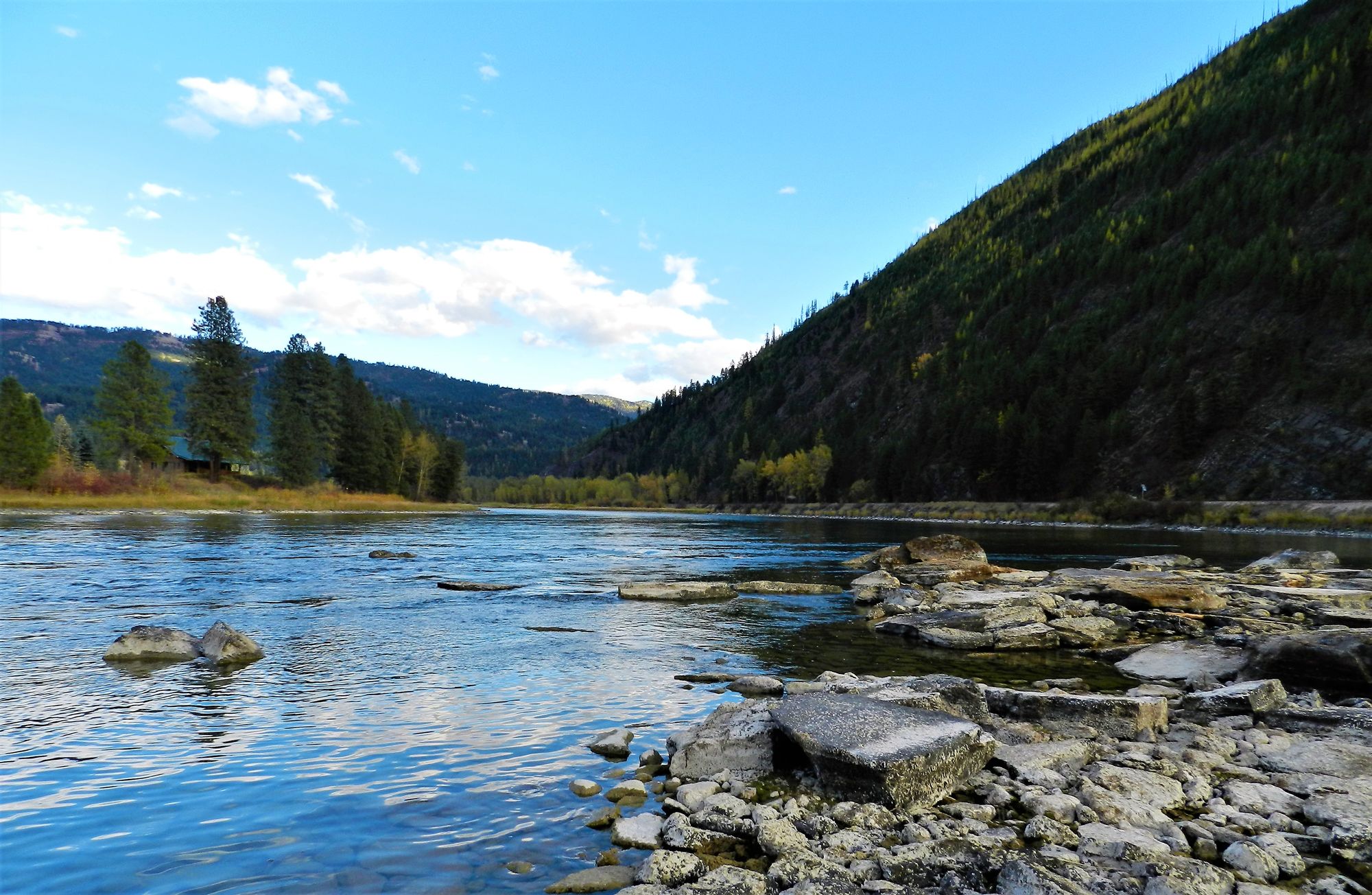
These wildfires are fueled by our diseased and dying national forests - that have only had minimal care since the questionable spotted owl listing in 1990. Millions of tons of carcinogenic - climate changing - wildfire smoke is belched into the air we breathe every year. Carbon sequestration forfeited. Lives and communities unnecessarily lost.
Why?
In a word, litigation.
It doesn’t have to be this way…Mr. Bass and his sycophants own this tragedy.
You 100% tax-deductible subscription allows us to continue providing science-based forestry information with the goal of ensuring healthy forests forever.